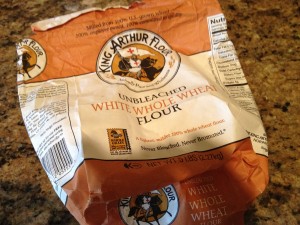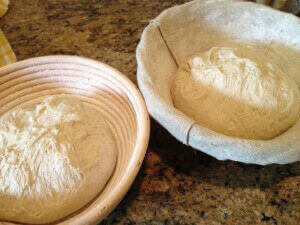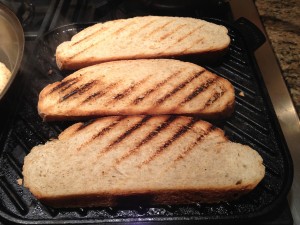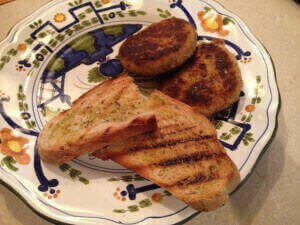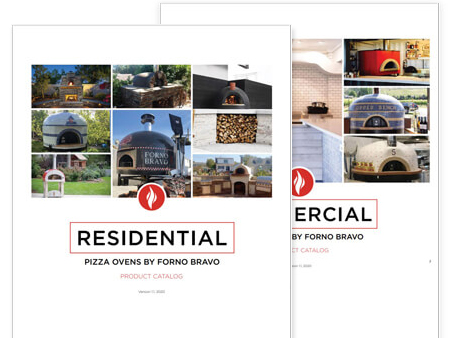10/30/60 Whole Wheat Loaves, and Some Great Bruschetta
May 13, 2012Posted by Forno BravoIn a way, this was a little bit like leftovers. You know how you always end up with odds and ends of flour in various bags in your cupboard. Today I mixed together three different flours to come with a nice blend of 10% whole wheat, 30% while whole wheat and 60% general purpose (not bread) flour to make a new 1kg (2.2 lb) batch of bread. Because I changed the blend of flours, I decided to stay consistent with the recipe and techniques from my previous batch of 100% white whole wheat flour.
The formula was 100 grams of whole wheat, 300 grams of white whole wheat, 600 grams of general purpose flour, along with 10 grams of yeast, 20 grams of salt, 4 tablespoons of olive oil and 2 tablespoons of honey.
A quick note on the honey. I am trying to find the right amount of honey to counter-balance the heavy and dry characteristics of some whole wheat loaves, without making my bread sweet in any way. My question is how much should I so that I feel the freshness and moistness, but don’t actually taste the honey. So far, 2 tablespoons in a 1kg batch seems to be working—though in this case I only had 40% whole wheat flour, so I probably could have used less.
I mixed the dough for 10 minutes in a KitchenAid mixer on level two; did a one hour bulk fermentation; punched down the dough and properly folded it and let it rise again. I then cut and shaped the two loaves and set them aside to proof in a baneton and linen lined wicker bowl. The addition of the light, white flour get the dough a definite spring. Where the whole wheat version of this recipe had barely begun to expand after 90 minutes, this recipe was bursting with life.
Also, while I am a big fan of 100% whole wheat bread, the 60% addition of white flour helped create a loaf that could be used the same way you would use a baguette, ciabatta or pugliese. Yes, this bread could be used for bruschetta!
The second experiment I wanted to try with the Presto oven was a different strategy for firing and fueling the oven. I think I am going to be baking a lot of bread this summer in my little oven, and I am thinking of ways of making the firing process easier. So today, I chopped 2-3 pieces of standard sized firewood into smaller 2-3” pieces (lots of them). Then I built a top-down fire, and then fully loaded the oven to the top with wood. My theory was that the top-down fire (larger pieces of wood on the bottom, building up to kindling at the top) would catch fire and start to fall in—to where the extra wood stacked on top would catch fire to where all of the wood in oven would combust.
To put my technique to the test, I lit the fire and only hung around long enough to be sure that it really had, in fact, caught fire. Once I was convinced that the fire was burning, I went for a run. And when I came back, all of the wood had burned and there was only a layer of burning wood coals on the cook floor. I have to say that this isn’t a perfect way of firing your oven, but in this case it was just good enough. I had stored enough heat in the oven to bake my bread. I shoveled out the coals and ashes, swabbed the deck and loaded my bread.
The loaves proofed nicely and were much larger than a pure whole wheat loaf, but there was no risk that they were ready to fall back onto themselves. All was well. I sprayed the oven a couple of times and watched the bread spring forward. The final result was a nice, light boule, with a little more character than plain “white bread”. But we ate it like white bread, making toast for boiled eggs and my favorite—bruschetta, with olive oil and porcini mushroom flavored salt.
I used an indoor cast iron grill, though it would have been even better with a grill pan in the wood oven itself. As an aside, bruschetta does not taste anything like toast from a toaster. The smokey char of a grill mixes with the olive oil and salt to make something wonderful. Not toast. 🙂



